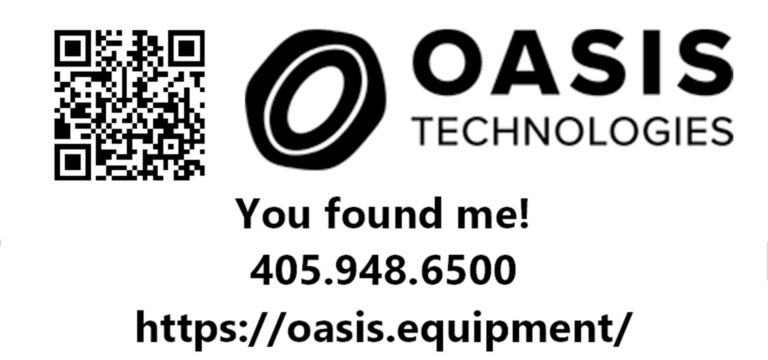Elementor #11
YOU FOUND ME
Our equipment plays a crucial role in delivering the innovative solutions and services we’re proud to offer. As a valued member of our extended community, your assistance in safeguarding our assets is greatly appreciated. We kindly encourage you to reach out to us directly so we can arrange for the safe recovery of our equipment. Your support not only helps us maintain our high standards of service but also strengthens the integrity of our operations. Please contact us at your earliest convenience. Your cooperation is invaluable to us, and we look forward to hearing from you soon.

CONTACT US
If you’ve reached this website because you found our equipment, please reach out to us so we can recover it.
PHONE: 405.948.6500
WHAT ARE NFC TAGS?
Near-field communication technology allows two devices to communicate wirelessly. The technology can be embedded in a small tag to facilitate data transfer between nearby mobile phones, laptops, tablets, and other electronics. NFC tags are often compared to RFID, but the two are different.
NFC is part RFID (radio-frequency identification) and part Bluetooth. Unlike RFID, NFC tags work in close proximity, giving users more precision. NFC also doesn’t require manual device discovery and synchronization as Bluetooth Low Energy does. The biggest difference between RFID and NFC is the communication method.
RFID tags have only a one-way communication method, meaning an RFID-enabled item sends a signal to an RFID reader.
NFC devices have a one- and two-way communication capability, which gives the NFC technology an upper hand in use cases where transactions are dependent on data from two devices (e.g., card payments). Mobile wallets like Apple Pay, Samsung Pay, Android Pay, and other contactless payment solutions are all powered by the NFC technology.
So in essence, RFID tags are great for inventory tracking and NFC tags work well for enhanced communication.
If you want to learn more about NFC & RFID tags please click here.

